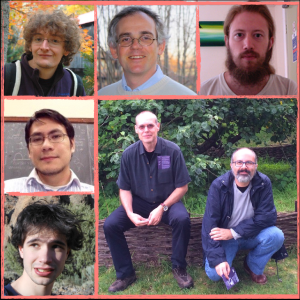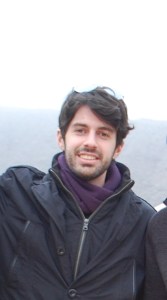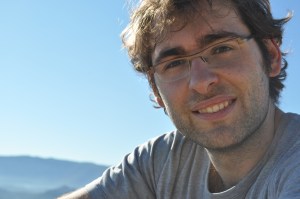Read the full article for free* in Classical and Quantum Gravity:
The gravitational Hamiltonian, first order action, Poincaré charges and surface terms
Alejandro Corichi and Juan D Reyes 2015 Class. Quantum Grav. 32 195024
arXiv:1505.01518
*until 18/11/15
Ever since Einstein and Hilbert were racing to complete the general theory of relativity, almost 100 years ago, having a variational principle for it was at the forefront of the theoretical efforts. An action and the variational principle accompanying it are the preferred ways to describe a physical theory. At the classical level, all the information one can possibly ask about a physical system is conveniently codified into a single scalar function S. Additionally, in covariant approaches to quantum mechanics, the action S provides, through the path integral, a fundamental link between the classical and quantum descriptions. Ideally, the Hamiltonian structure of the theory itself -the starting point for canonical quantization- may too be extracted from the same action. Continue reading











You must be logged in to post a comment.